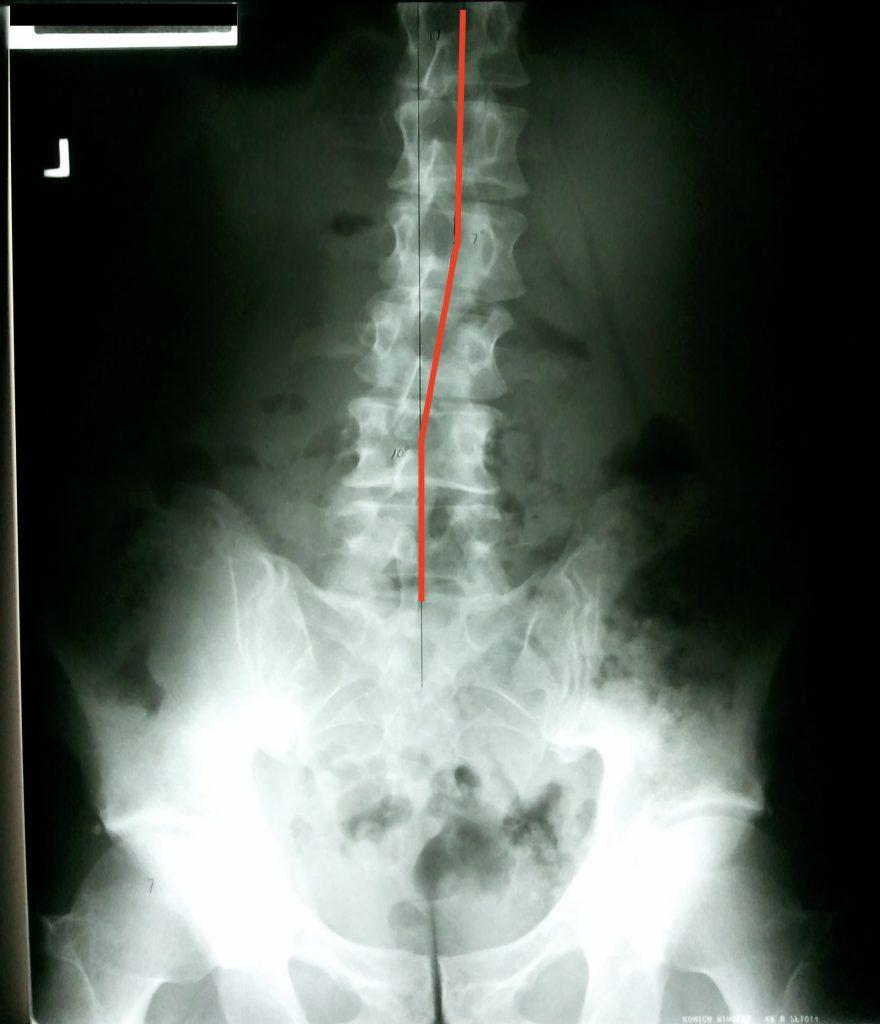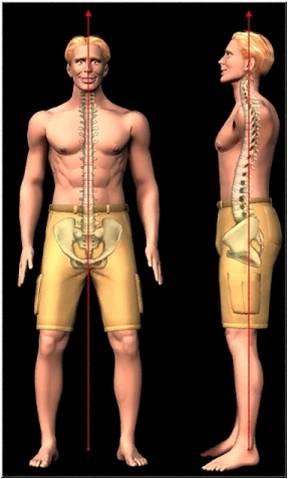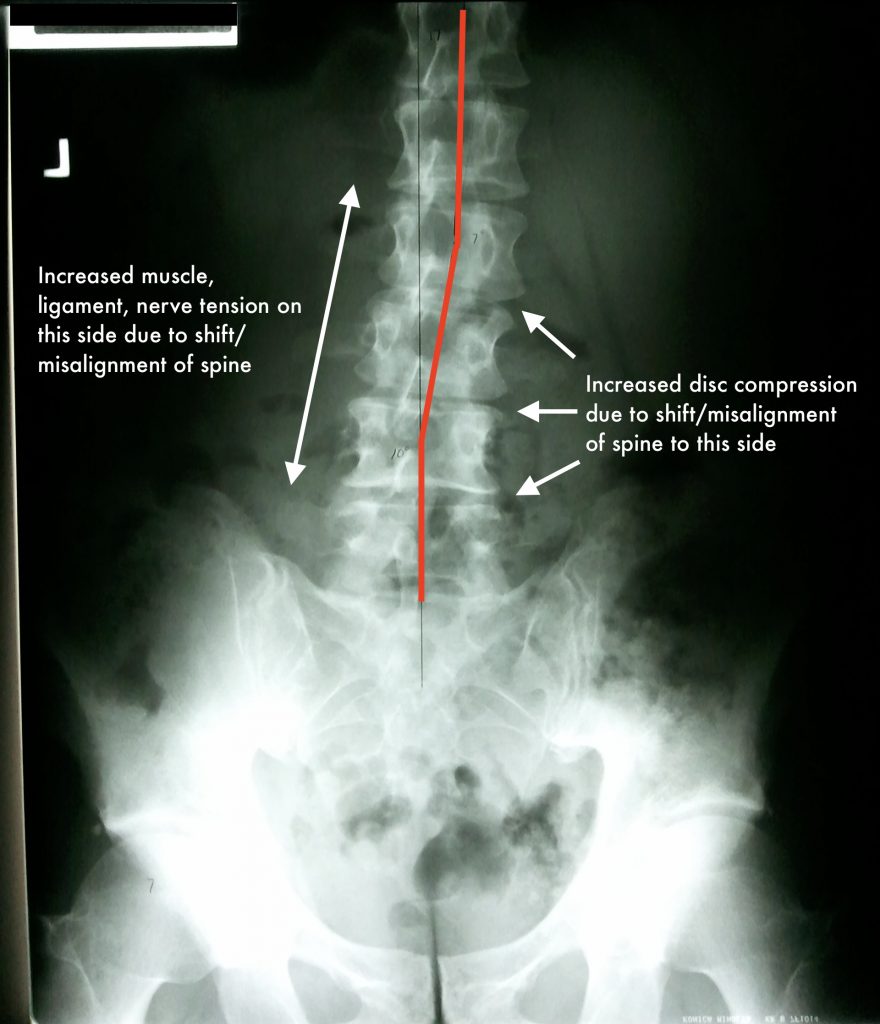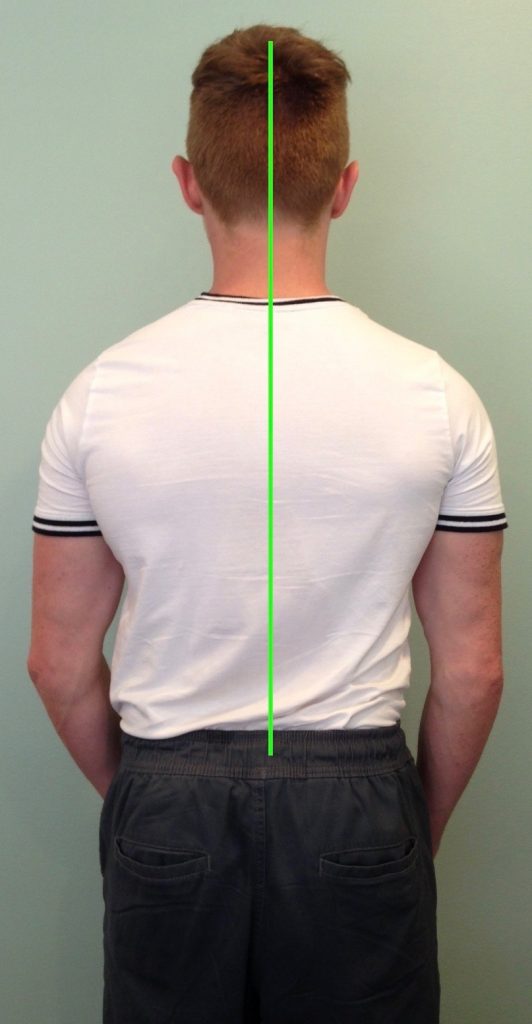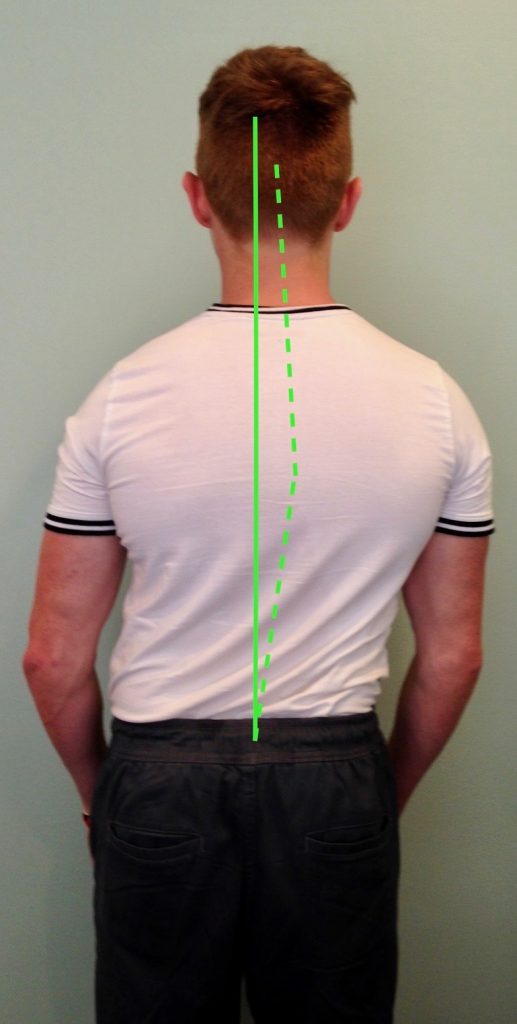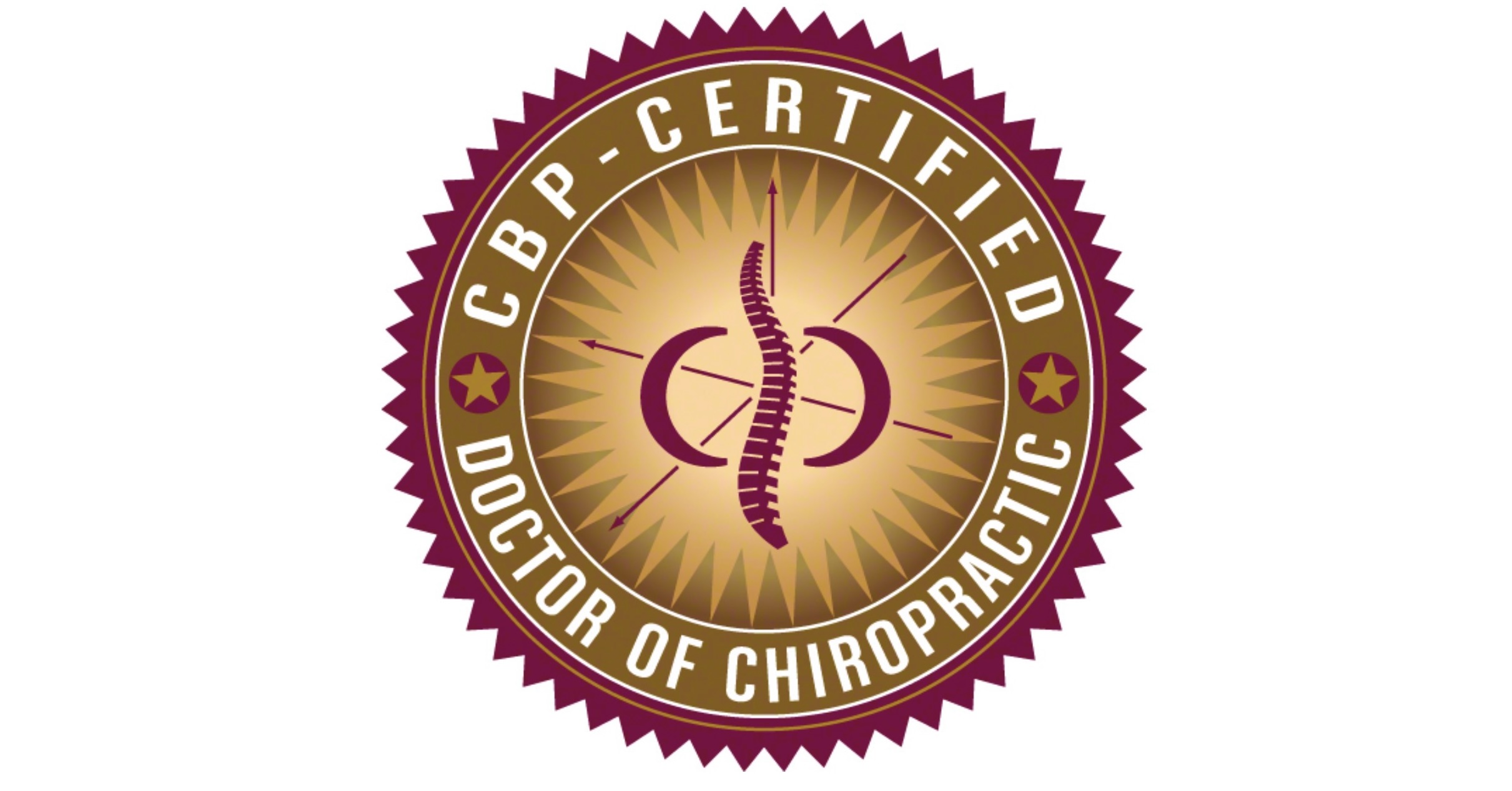
What is CBP?
CBP, or Chiropractic Biophysics, is an advanced chiropractic technique that restores the alignment of the spine and posture to a normal position for better health.
Many chiropractic technique groups claim to restore spinal alignment. However, very few have researched their methods to verify this. CBP is one that has. In fact, CBP is one of the most scientifically validated techniques in the chiropractic profession. They have over 230 papers published in the medical literature verifying the reliability and effectiveness of their methods (1). CBP is one of the very few techniques that have shown their methods actually correct spine alignment and posture.
CBP Assessment of Alignment
In the CBP approach, the alignment of a person’s spine and posture is compared to a scientifically validated model of ideal spinal alignment established by Harrison (2-6).
Alignment is assessed with x-rays and posture analysis. This identifies abnormal posture, the exact direction and degree of spine displacement/misalignment, including any abnormalities of the natural spinal curvatures.
CBP Correction of Alignment
Once the exact type, direction and degree of misalignment is identified, CBP doctors restore proper alignment with mirror image adjustments, exercises, and if necessary, traction.
Mirror Image Adjustments
Mirror image adjustments involve placing a person’s spine and posture in the exact opposite position of their misalignment (the mirror image) and introducing a stimulus into the body to “reset” normal alignment (the adjustment). If a person’s lower back is misaligned to the left, for example, they will be positioned to the right prior to the adjustment. Mirror image adjustments are performed using a hand-held adjusting instrument, manual manipulation, or with a drop table, a special table with sections that “drop” during the adjustment.
Mirror Image Exercises
Mirror image exercises complement the adjustments by having the person perform exercises in the exact opposite direction of their misalignment. Mirror image exercises are designed to strengthen postural muscles and retrain the brain to “hold” the body into a properly aligned position.
Mirror Image Postural and Spinal Curve Traction
Depending on a person’s posture and spinal curvature, traction may be necessary to correct posture and the natural spinal curvatures. Traction provides a slow, sustained stretch to the spine which allows it to gradually reshape and remodel into a more normal, aligned position.
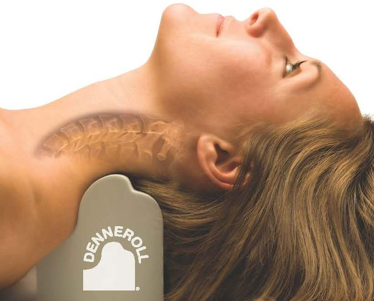
In summary, CBP is a higher level of chiropractic that has helped countless people overcome chronic, painful conditions and improve their overall health by simply correcting their posture and spinal alignment to its proper position.
Find a CBP chiropractor near you
For further reading on CBP technique, go to:
https://www.idealspine.com/pages/cbp_technique.htm
NEXT PAGE: What is DNS?
Dr. Ryan Hamm is a chiropractor in Arlington Heights and has been treating disorders of the spine and extremities for over 30 years. He specializes in posture and movement rehabilitation to resolve painful conditions of the musculoskeletal system. Dr. Hamm has been studying the most critical components people need for ideal posture and movement to minimize joint wear and tear. He has an Advanced Certification in Chiropractic Biophysics (CBP) Technique and he is a Dynamic Neuromuscular Stabilization (DNS) certified practitioner and certified DNS Exercise Trainer.
References
1. https://idealspine.com/cbp-research/
2. Harrison DD, Janik TJ, Troyanovich SJ, Holland B. Comparisons of Lordotic Cervical Spine Curvatures to a Theoretical Ideal Model of the Static Sagittal Cervical Spine. Spine 1996;21(6):667-675.
3. Harrison DD, Harrison DE, Janik TJ, Cailliet R, Haas JW, Ferrantelli J, Holland B. Modeling of the Sagittal Cervical Spine as a Method to Discriminate Hypo-Lordosis: Results of Elliptical and Circular Modeling in 72 Asymptomatic Subjects, 52 Acute Neck Pain Subjects, and 70 Chronic Neck Pain Subjects. Spine 2004; 29:2485-2492.
4. Janik TJ, Harrison DD, Cailliet R, Troyanovich SJ, Harrison DE. Can the Sagittal Lumbar Curvature be Closely Approximated by an Ellipse? J Orthop Res 1998; 16(6):766-70.
5. Harrison DD, Cailliet R, Janik TJ, Troyanovich SJ, Harrison DE, Holland B. Elliptical Modeling of the Sagittal Lumbar Lordosis and Segmental Rotation Angles as a Method to Discriminate Between Normal and Low Back Pain Subjects. J Spinal Disord 1998; 11(5): 430-439.
6. Harrison DE, Janik TJ, Harrison DD, Cailliet R, Harmon S. Can the Thoracic Kyphosis be Modeled with a Simple Geometric Shape? The Results of Circular and Elliptical Modeling in 80 Asymptomatic Subjects. J Spinal Disord Tech 2002; 15(3): 213-220.
